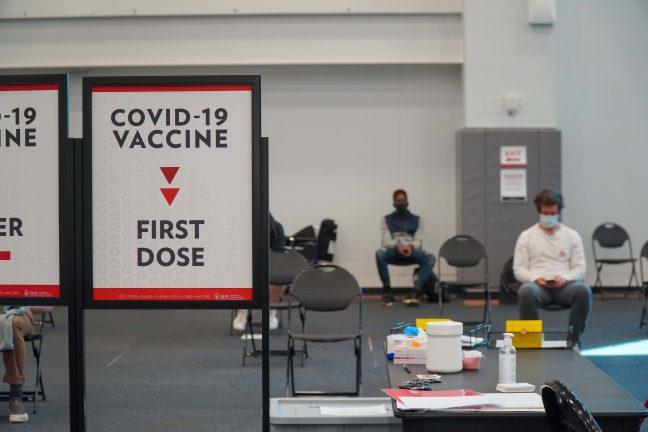The New York Times science and global health reporter and University of Wisconsin’s 2019 writer in residence Apoorva Mandavilli visited UW Sept. 25 to share her “Lessons from reporting on fast-moving pandemics.” The lessons include “move faster, communicate uncertainty, tell the truth, trust the public and know your role.”
Mandavilli said she began reporting on health during the COVID-19 pandemic. Through her coverage, Mandavilli witnessed firsthand the changing COVID-19 information environment — sometimes covering information before even the CDC or the World Health Organization.
Mandavilli said her first lesson, move faster, highlighted the discomfort a lot of scientists had at moving at that pace. Before the pandemic, scientists approached publishing pre-print information with hesitation. This means they were wary to address some COVID-19-related information before the publication of research papers studying it, Mandavilli said.
When Mandavilli noticed young kids were not being affected, she didn’t wait for health organizations like the CDC and WHO to release information on it. From her many years of experience covering infectious diseases from SARS to HIV to bird flu, Mandavilli said she was familiar with how viruses in the same family worked.
“We know viruses from the same family don’t suddenly decide to behave very differently,” Mandavilli said.
In her articles, she used words like “mostly” and “so far,” which aren’t in government officials’ vocabulary, who typically aren’t used to reporting with uncertainty, Mandavilli said.
Telling the truth goes beyond correcting misstated information, Mandavilli said.
“At The New York Times we say truth is power and we report the truth without fear or favor,” Mandavilli said. “We are beholden to no one except our readers.”
Having a background in biochemistry, Mandavilli said, was helpful in understanding the language of scientists and the “caveats” of what they’re saying.
Another lesson Mandavilli said she learned was to trust the public. Other journalists and health organizations were worried about alarming the public or causing panic. But they weren’t trying to cause ill will this way. Rather, they thought they were protecting people, Mandavilli said.
“The lesson from all of that is something I hope that continues, [saying] ‘the science is incomplete, and this is what we can tell you for now,’” Mandavilli said.
The final lesson Mandavilli learned was to “know your role.” Mandavilli said people became reliant on her to say who needs boosters. But her job was to inform people more about what the boosters will do.
Overall, when reporting on fast-moving pandemics and when reporting in general, Mandavilli said it comes down to trust.
“Nothing is going to happen without trust,” Mandavilli said. “As journalists, [we can] shine the light on the truth.”


